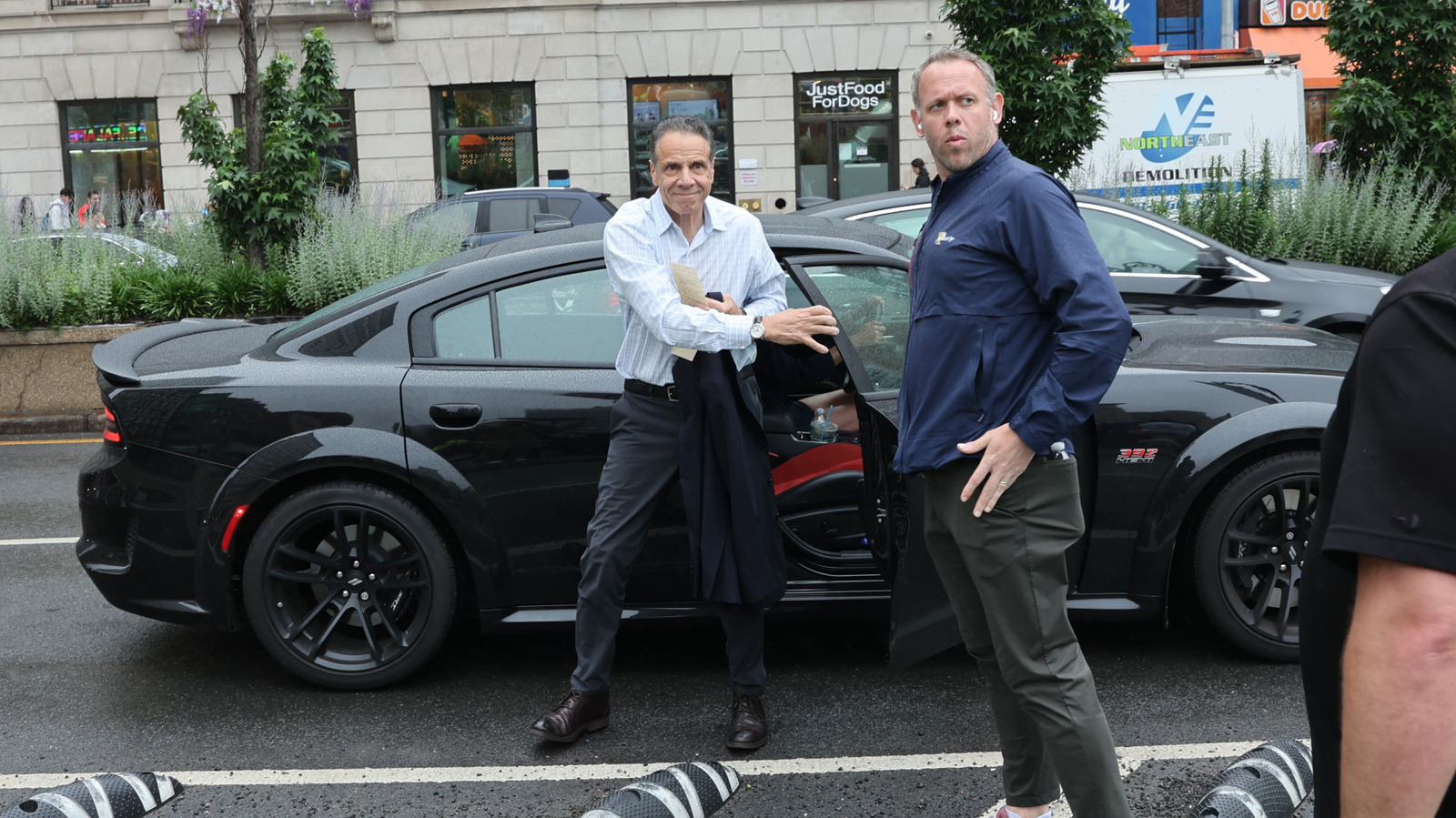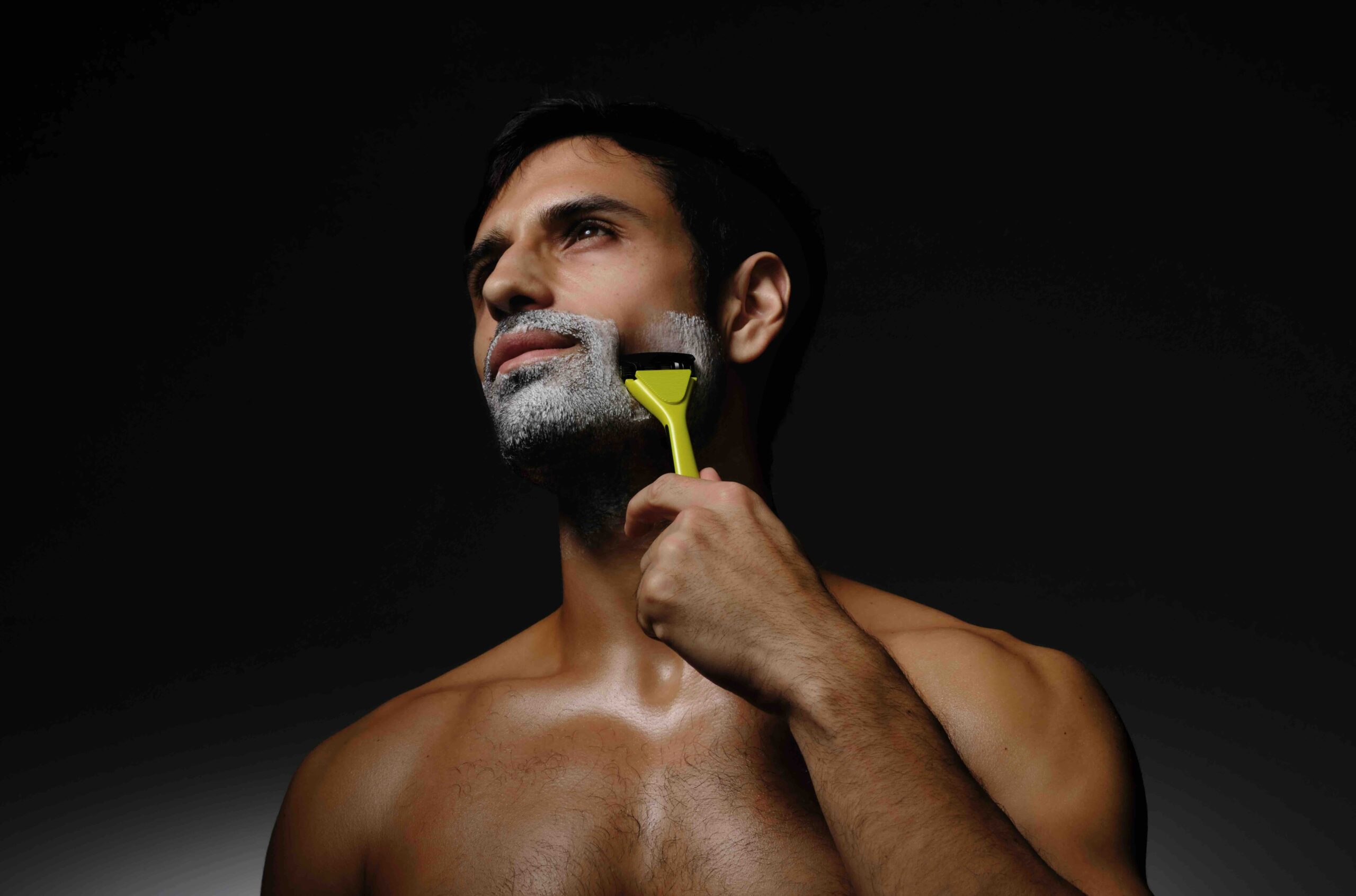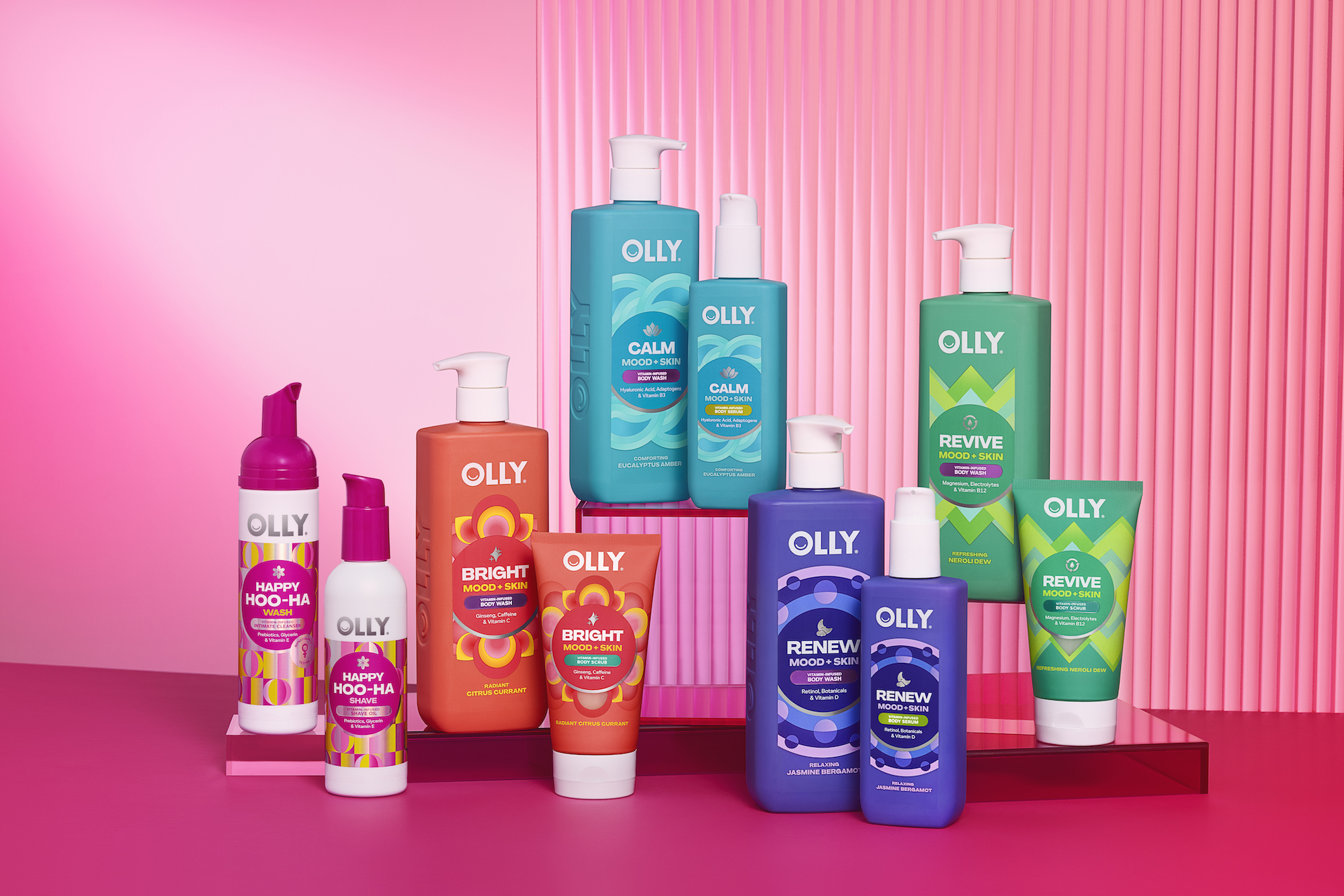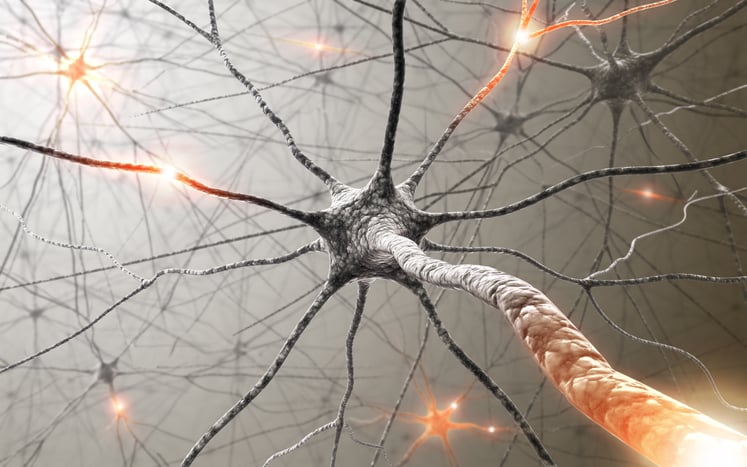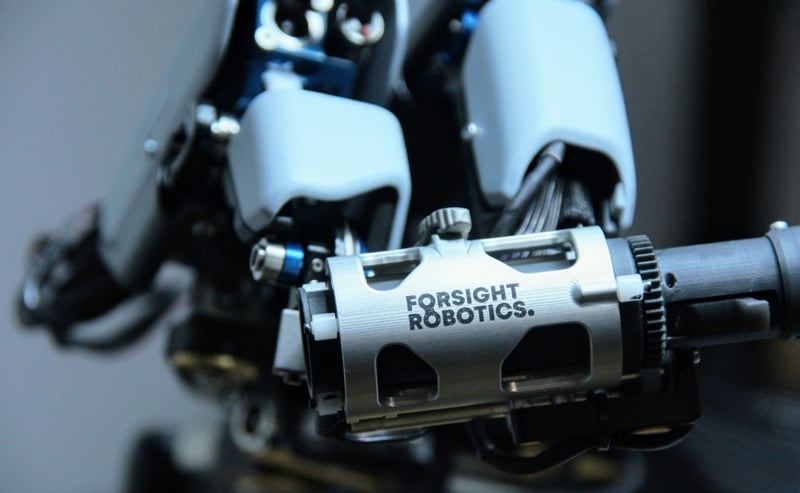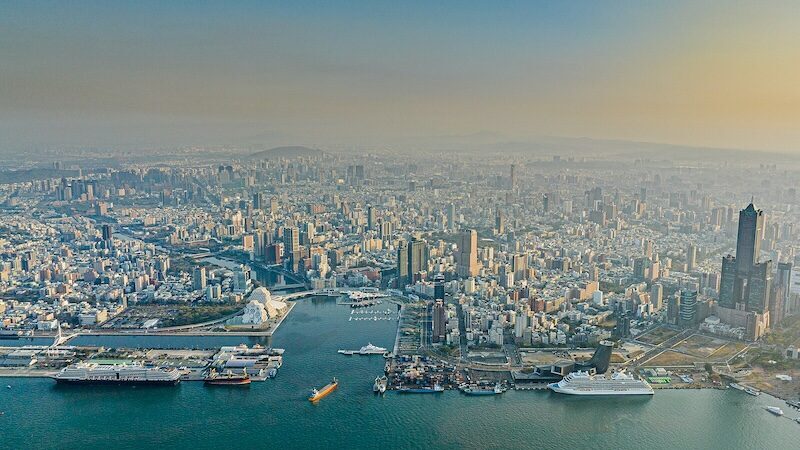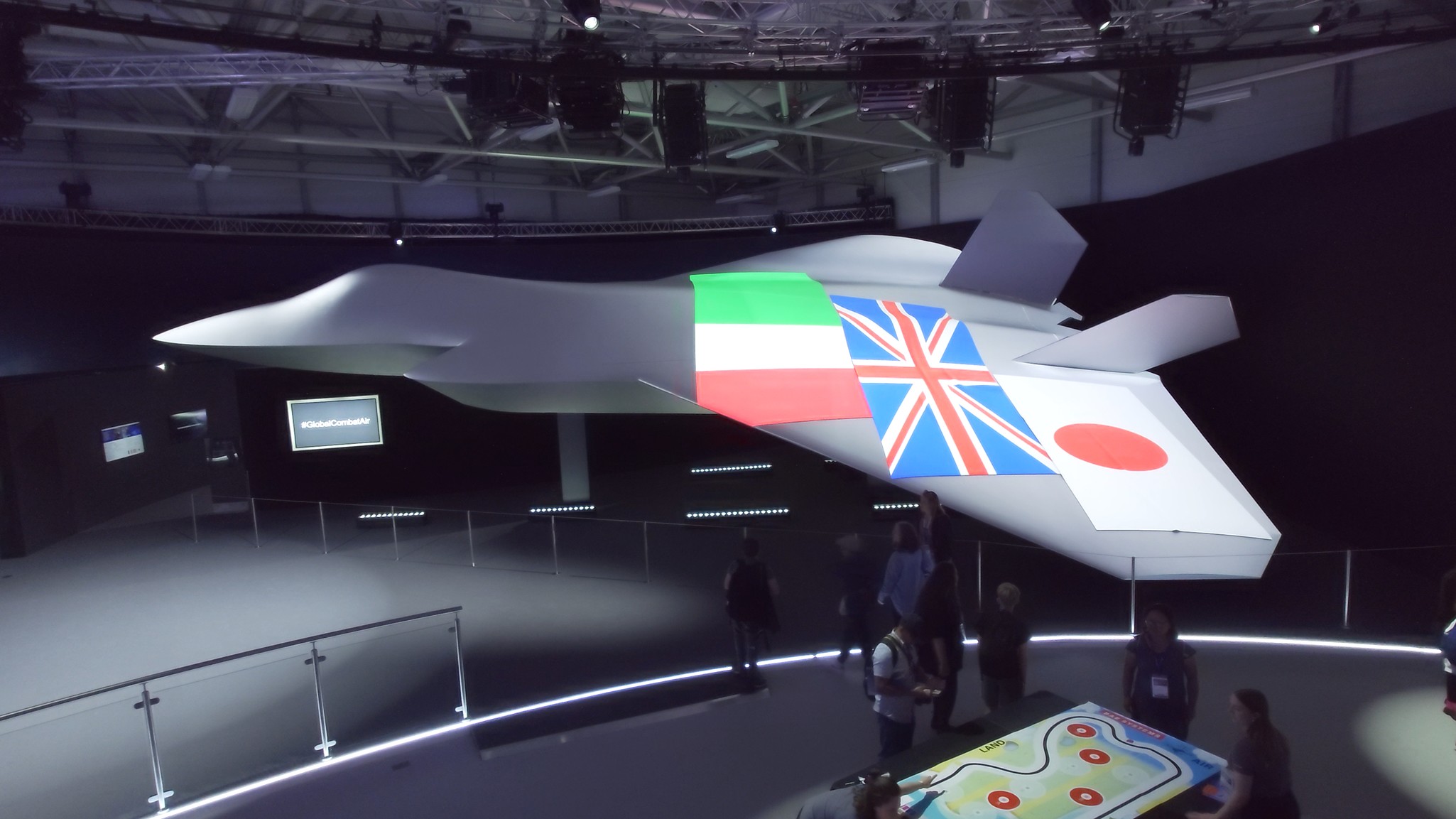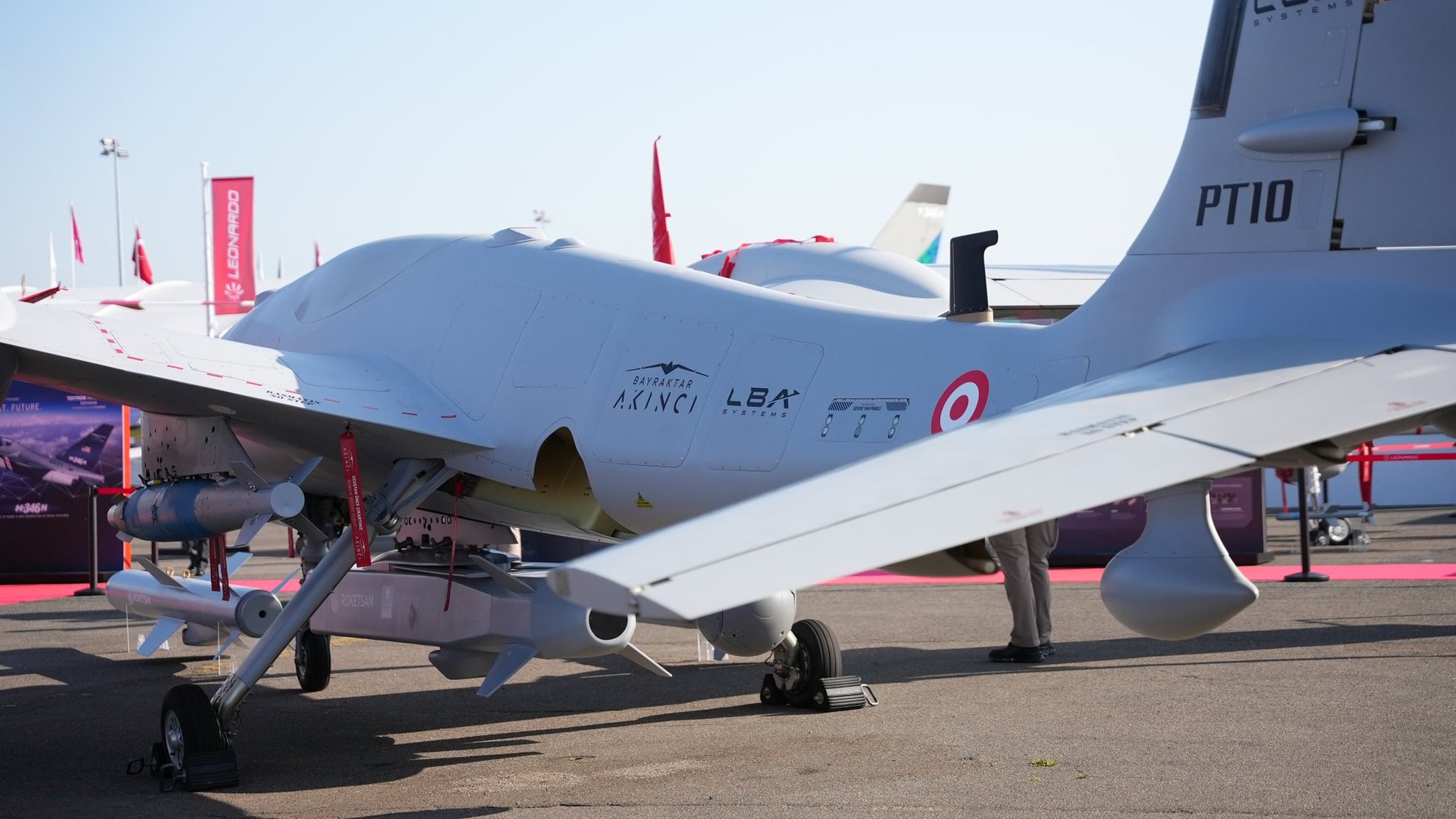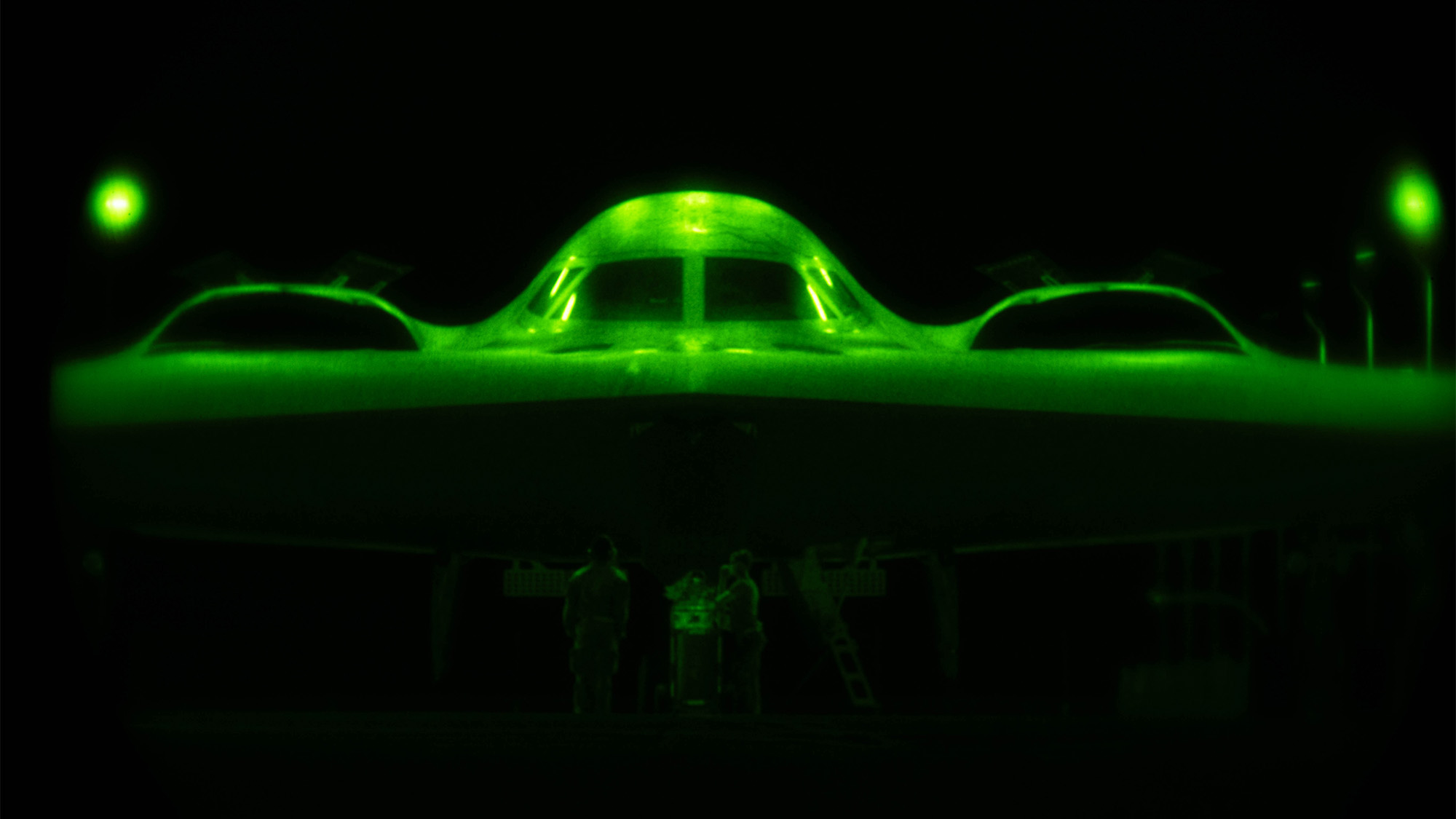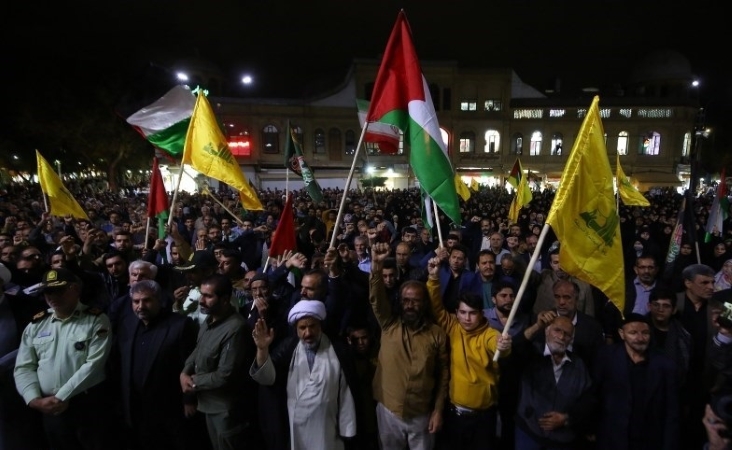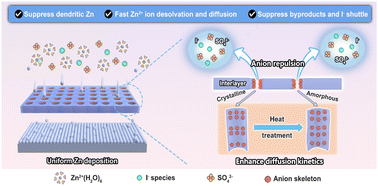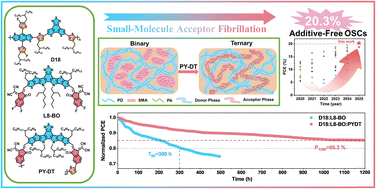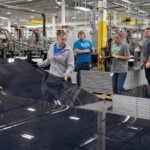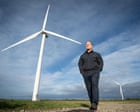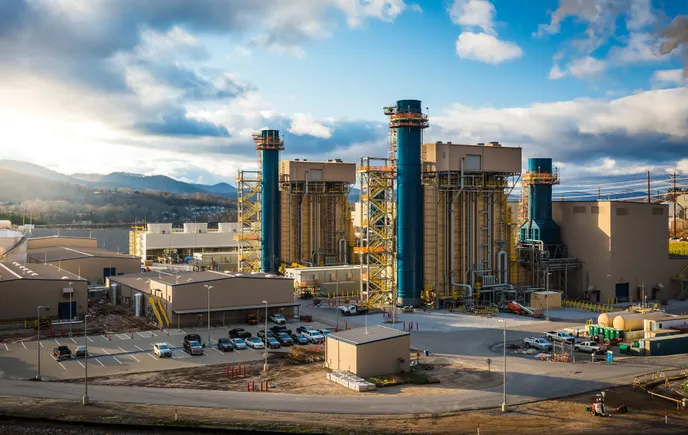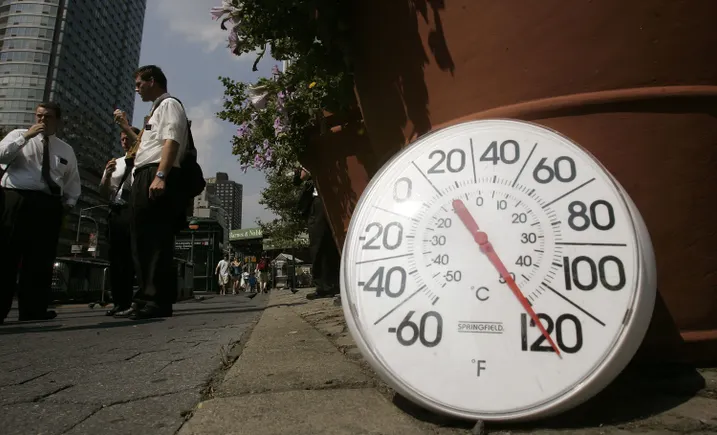Micra-management: Nissan boss unwraps firm's comeback plan
Like the only other non-Japanese CEO did before him, Espinosa will need to forge Renault relations The Japanese firm's new CEO, 46-year-old Mexican Ivan Espinosa, shares his turnaround plan New Nissan CEO Ivan Espinosa has fine taste in company cars: he drives a Z to the office every morning. No wonder his predecessor, Makoto Uchida, described him as a “real car guy”. But it’s going to take more than a fine choice of company car and a passion for product to turn Nissan around: the company is facing huge challenges on multiple fronts. “I have a bunch of things to take care of, so there are about a zillion emails in my inbox,” laughs Espinosa. He notes that some CEOs face one or two crises in their career but admits “I’m going to have to deal with four or five at the same time” as he begins the process of “deep transformational work”. The Mexican’s ascent to Nissan’s top job came suddenly. Having risen steadily through the company since 2003, he had reached the level of chief planning officer under Uchida. With Nissan’s problems growing and a lack of confidence from the board, Uchida was ousted and Espinosa tabbed as his replacement. It was certainly a surprise given that, aged 46, Espinosa is unusually young to be named CEO of a Japanese company, where experience and seniority are still valued. So sudden was the appointment that it occurred shortly after invites had gone out to a select handful of international media, including Autocar, to visit Nissan’s headquarters in Yokohama, Japan. I signed up expecting to meet the firm’s planning officer, only to find it upgraded to a chat with the incoming CEO. That’s unusual, to say the least. So what is lurking in Espinosa’s bulging inbox? For starters, there are the financial issues: Nissan is expected to post losses of around £387 million this year, after a dramatic fall in first-half profits. Sales in China have plummeted and its fortunes have waned in the US, due to an ageing line-up. In Europe, the uncertain pace of electrification has disrupted its plans, while Nissan’s broad global spread means it needs a particularly wide range of powertrains. Then there’s the fallout of the failed 50:50 merger with Honda, scuppered by bosses of Nissan’s Japanese rival because they didn’t see the two firms as equal. Meanwhile, there’s the frayed relationship between the two key players in the Renault-Nissan-Mitsubishi Alliance, the partnership that underpins Nissan’s presence in key markets including Europe. Espinosa is Nissan’s fourth CEO in the past seven years and just the second non-Japanese person to hold the role. Not too much is made of that within Nissan, in part because the first, Carlos Ghosn, is Yokohama’s Voldemort: you won’t hear anyone at the company say his name. Sometimes the past is best left packed away in a cello case. But there are parallels to the circumstances the two faced: Ghosn took the helm at Nissan in 2001, when the firm was struggling with heavy losses. He was pivotal to the growth of the partnership with Renault (which he also ran) and before his remarkable downfall led efforts to break down many of the constraining Japanese corporate conventions to sculpt a leaner, profitable company. It was an approach that worked spectacularly – until it didn’t. Ghosn arrived as an outsider, moving across from Renault in the early days of the Alliance to bring a fresh perspective to Nissan’s travails. Espinosa, by contrast, has been at the firm for more than two decades, and his growth plan is largely one that he helped develop when Uchida was CEO. The contents of his presentation to the media didn’t change with his job. So the plan that Espinosa and Guillaume Cartier, Nissan’s performance officer, outlined was developed when Uchida was still CEO. “We developed a plan under Uchida-san, and there are three or four key areas we have to face,” says Espinosa. That includes stabilising revenue flow “so we can have a better footing”. Cost-cutting is also vital, he says: “We already have measures in play that we’re executing, and we’re now accelerating them.” Nissan has already announced plans to shed around 9000 jobs and shut a number of factories, reducing its production capacity to better match demand.Speed is also a focus. “We’ve already started working to shorten our development cycle so we can launch products faster,” says Espinosa. The new Micra, effectively a reworked version of the Renault 5, is one example of how Nissan is bringing cars to market quicker, as is work to develop its in-house connected software platform to better apply technology more widely. The goal is to reduce the development time of the first vehicle in a family from around 55 to 37 months, with subsequent vehicles arriving after about 30 months of development. After those steps, Espinosa says additional measures are coming, “which we will outline in due time”. He also cites communication – both internal and external – as an area that needs improvement, in order to change the na
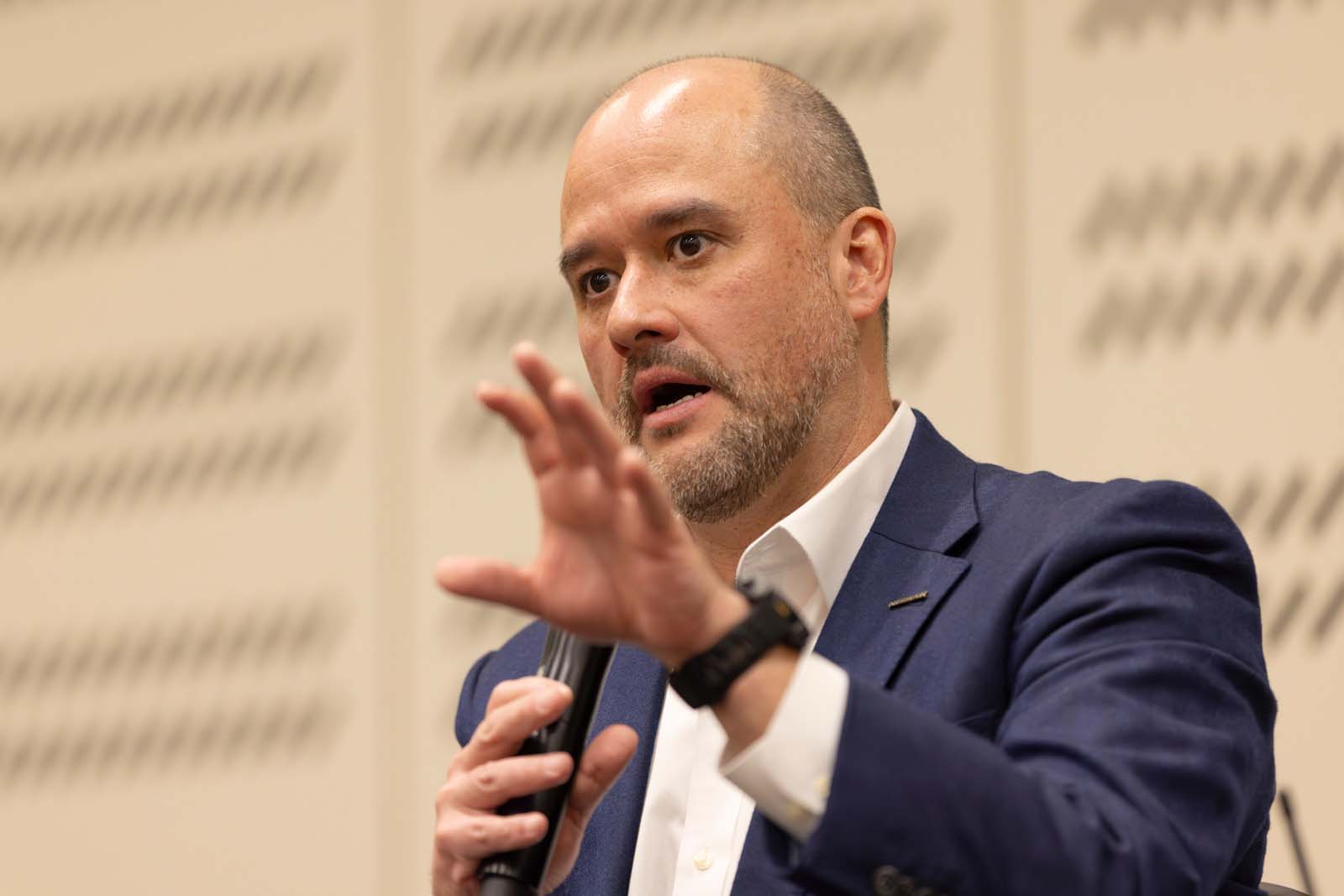
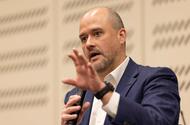
Like the only other non-Japanese CEO did before him, Espinosa will need to forge Renault relationsThe Japanese firm's new CEO, 46-year-old Mexican Ivan Espinosa, shares his turnaround plan
New Nissan CEO Ivan Espinosa has fine taste in company cars: he drives a Z to the office every morning. No wonder his predecessor, Makoto Uchida, described him as a “real car guy”.
But it’s going to take more than a fine choice of company car and a passion for product to turn Nissan around: the company is facing huge challenges on multiple fronts. “I have a bunch of things to take care of, so there are about a zillion emails in my inbox,” laughs Espinosa. He notes that some CEOs face one or two crises in their career but admits “I’m going to have to deal with four or five at the same time” as he begins the process of “deep transformational work”.
The Mexican’s ascent to Nissan’s top job came suddenly. Having risen steadily through the company since 2003, he had reached the level of chief planning officer under Uchida.
With Nissan’s problems growing and a lack of confidence from the board, Uchida was ousted and Espinosa tabbed as his replacement. It was certainly a surprise given that, aged 46, Espinosa is unusually young to be named CEO of a Japanese company, where experience and seniority are still valued.
So sudden was the appointment that it occurred shortly after invites had gone out to a select handful of international media, including Autocar, to visit Nissan’s headquarters in Yokohama, Japan. I signed up expecting to meet the firm’s planning officer, only to find it upgraded to a chat with the incoming CEO. That’s unusual, to say the least.
So what is lurking in Espinosa’s bulging inbox? For starters, there are the financial issues: Nissan is expected to post losses of around £387 million this year, after a dramatic fall in first-half profits. Sales in China have plummeted and its fortunes have waned in the US, due to an ageing line-up.
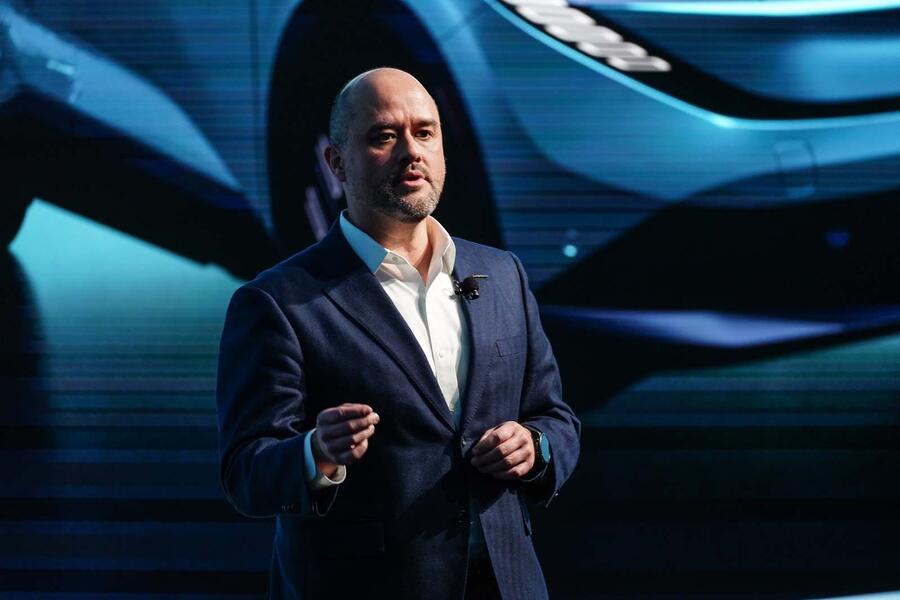
In Europe, the uncertain pace of electrification has disrupted its plans, while Nissan’s broad global spread means it needs a particularly wide range of powertrains.
Then there’s the fallout of the failed 50:50 merger with Honda, scuppered by bosses of Nissan’s Japanese rival because they didn’t see the two firms as equal. Meanwhile, there’s the frayed relationship between the two key players in the Renault-Nissan-Mitsubishi Alliance, the partnership that underpins Nissan’s presence in key markets including Europe.
Espinosa is Nissan’s fourth CEO in the past seven years and just the second non-Japanese person to hold the role. Not too much is made of that within Nissan, in part because the first, Carlos Ghosn, is Yokohama’s Voldemort: you won’t hear anyone at the company say his name. Sometimes the past is best left packed away in a cello case.
But there are parallels to the circumstances the two faced: Ghosn took the helm at Nissan in 2001, when the firm was struggling with heavy losses. He was pivotal to the growth of the partnership with Renault (which he also ran) and before his remarkable downfall led efforts to break down many of the constraining Japanese corporate conventions to sculpt a leaner, profitable company. It was an approach that worked spectacularly – until it didn’t.
Ghosn arrived as an outsider, moving across from Renault in the early days of the Alliance to bring a fresh perspective to Nissan’s travails. Espinosa, by contrast, has been at the firm for more than two decades, and his growth plan is largely one that he helped develop when Uchida was CEO. The contents of his presentation to the media didn’t change with his job.
So the plan that Espinosa and Guillaume Cartier, Nissan’s performance officer, outlined was developed when Uchida was still CEO. “We developed a plan under Uchida-san, and there are three or four key areas we have to face,” says Espinosa. That includes stabilising revenue flow “so we can have a better footing”.

Cost-cutting is also vital, he says: “We already have measures in play that we’re executing, and we’re now accelerating them.” Nissan has already announced plans to shed around 9000 jobs and shut a number of factories, reducing its production capacity to better match demand.Speed is also a focus.
“We’ve already started working to shorten our development cycle so we can launch products faster,” says Espinosa. The new Micra, effectively a reworked version of the Renault 5, is one example of how Nissan is bringing cars to market quicker, as is work to develop its in-house connected software platform to better apply technology more widely.
The goal is to reduce the development time of the first vehicle in a family from around 55 to 37 months, with subsequent vehicles arriving after about 30 months of development.
After those steps, Espinosa says additional measures are coming, “which we will outline in due time”. He also cites communication – both internal and external – as an area that needs improvement, in order to change the narrative of Nissan as a company in crisis.
He also talks about lifting staff morale.That’s something echoed by Cartier, who says: “Recently the noise around Nissan wasn’t always positive, but there’s a lot of positivity to give – starting with the product. We need to enlarge the group of people who believe in the turnaround.”
There will be a lot of product. Nissan isn’t shying away from its regionalised approach: the company is doubling down on it, with a focused line-up in each of the major regions in which it is active.
So the US will get more pick-up trucks and big SUVs, there’s a focus on 4x4s for the Middle East (one of Nissan’s strongest markets) and there will be a near-bespoke line-up for China. In India and South America, two other strong markets for Nissan, the focus will be on lower-cost SUVs and smaller models.
In Europe, Nissan is still pushing towards electrification – although the firm is hedging its bets slightly as EV uptake slows. That means “doubling down” on its e-Power hybrid technology and extending the life of models such as the current Juke and Qashqai, which will continue to roll off production lines in Sunderland alongside the new EVs.
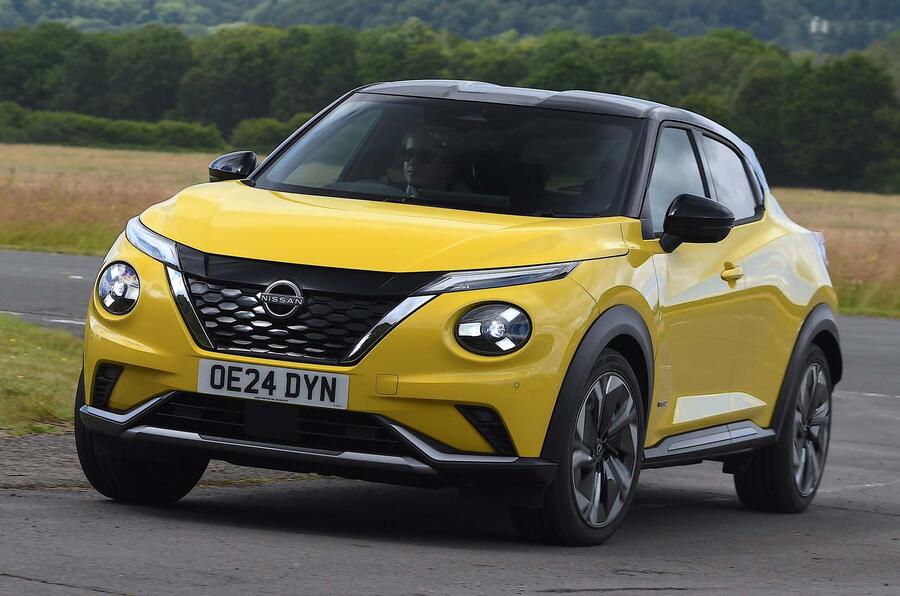
Renault will remain key to Nissan’s European fortunes. The next-generation Leaf, Juke and Qashqai will be built at Nissan’s Sunderland factory atop the Alliance’s CMF-EV platform. They will be complemented by the new Micra and a recently confirmed small hatchback, both of which will be built by Renault atop the smaller CMF-BEV platform.
There are questions about growing fractures in the relationship, with Luca de Meo saying recently that his Renault Group had more in common with Geely than it did Nissan. Since this interview was conducted, the ties between Nissan and Renault have been loosened further, with an agreement that they can reduce their holdings in each other, while Renault has bought out Nissan’s stake in their Indian joint venture.
“Are we partnering with Renault? Yes. Has the rebalancing decreased our partnership? No,” says Cartier. “If you look at what we’re doing with the likes of the Micra, it’s happening regardless of the rebalancing.
“This is a cross-shareholding but also a partnership that does not require necessary crossover. As long as it is good business for the two partners, it works – and that is the case.”
Espinosa answers the Renault question with a broader view. “Partnerships are a way of achieving an objective,” he says. “Partnerships and objectives are not the same. What we’re looking at with our regional approach is how partnerships play a role.
“One aspect is the short-term aspect of how we cover certain gaps in our portfolio, and this is where we have a lot of examples today. Then there’s a deeper angle to partnerships, and this is ‘how do we ensure the future of Nissan?’.
“The future of the car is the intelligent car. That will require a lot of technology, and that requires a lot of investment. We need to look at what kind of partners we need.”
Espinosa says that could include traditional car manufacturers, which can help with “scale, synergy, powertrains and manufacturing capacity”, and also other firms.
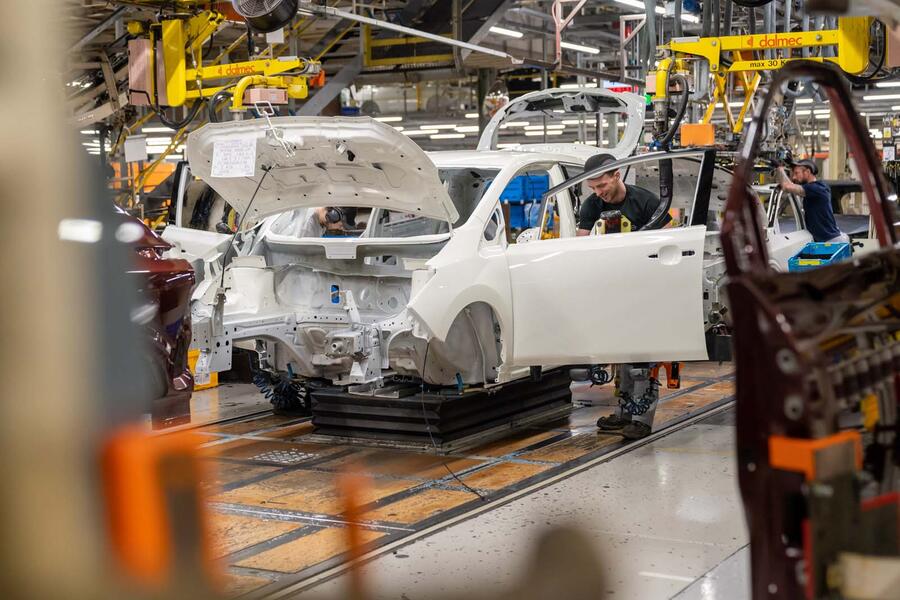
“Probably not all current OEMs are as competent or prepared to cut through [with intelligent cars]. That invites you to think beyond the traditional OEM side,” says Espinosa. “We’re very open. We have no preconceptions and we’re open to look at different partners who can help drive our business vision.”
Notably, Espinosa also refused to rule out an eventual merger with Honda, saying he was taking a “no taboo” approach and highlighting that the two companies already have multiple shared profits. There’s a quiet confidence to Espinosa, and he seems aware of the task ahead. “Nissan is about passionate people who love making wonderful cars for their customers,” he says.
He’s a car guy, after all. So what about the future of his Z company car and other sports cars? Espinosa talks about having four or five hero models at the top of the brand – think the Z, GT-R and Patrol – that “should go everywhere” and keep the “dream alive of what driving excitement is for”.
That won’t be easy to achieve – but then few of the issues raised in Espinosa’s zillion emails will be.



























